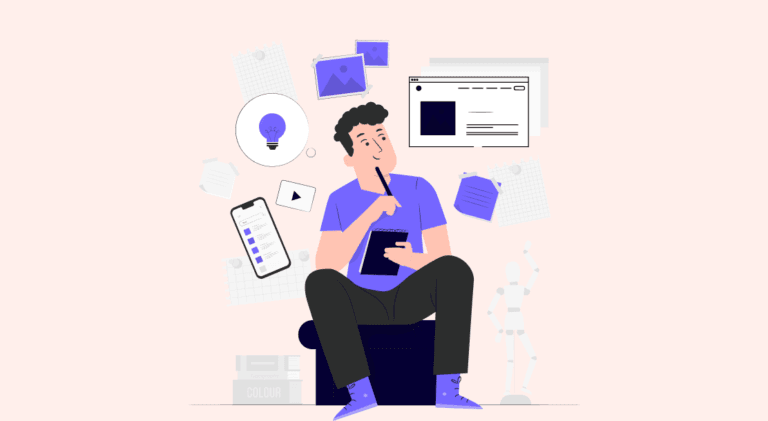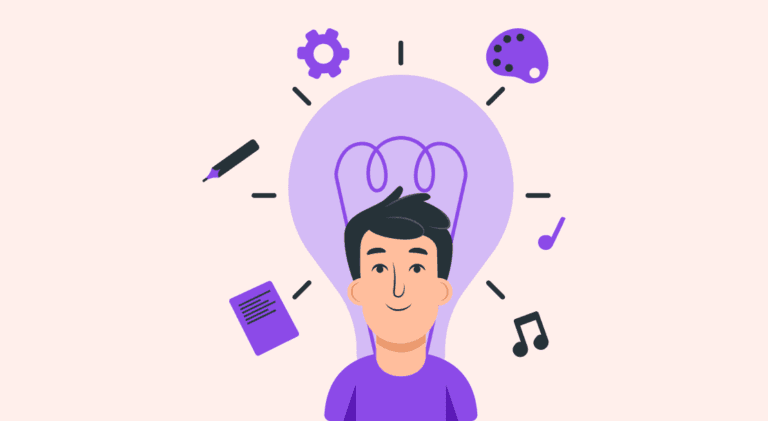10 Tips on How to Deal With Unhappy Customers

“Your most unhappy customers are your greatest source of learning.”
– Bill Gates
No matter how good you are at your work, it is inevitable that you will come across an unhappy client. But how to deal with unhappy customers? Should you offer them revisions at no additional cost, or should you ignore them completely?
Creating exceptional customer experiences is something that every business entity strives for. But delivering delight is not always easy. Sometimes, things don’t go as planned, despite your best efforts. And this may lead to unsatisfied clients.

Knowing how to deal with upset customers is crucial. A lot of people lose their calm when it comes to dealing with unhappy customers. Even if the customer is being rude, you need to understand that you will gain nothing by responding similarly. In fact, it will only escalate the hostility. So, make sure to stay calm and listen to your customer’s complaints.
Also, don’t take any complaints or negative feedback personally. Remember, the customer is not angry with you. They are only unsatisfied with the quality of the product or service. So don’t let your personal feelings get the better of you. In this blog, we will talk about the best strategies that will help you in dealing with unhappy customers in the best possible way.

10 Tips for Dealing With Unhappy Customers
Now let us look at some effective tips that can help you avoid unsatisfied customers and maintain a good business reputation.
1. Acknowledge their feedback
The first and best thing to do to pacify an unhappy client is to let them voice their opinion. Any unhappy client would get even more upset if they get a feeling that their feedback is not being acknowledged. So, the first step is certainly accepting and acknowledging their criticism.
Once you have heard their complaints, you can come up with a suitable plan of action to address the problem. Also remember, if you act promptly, it will become relatively easier for you to turn an unhappy customer into a happy one.
2. Don’t react first
The key to dealing with unhappy customers is to listen to them without reacting. Put yourself in the customer’s shoes and understand the problem they are facing.
A lot of people react to negative feedback on an impulse. However, it is important to stay calm and see the problem from the customer’s point of view. This way, you will truly be able to care about them, which will make it easier for you to address the real issue.
3. Communicate immediately
Studies show that unhappy customers that are responded to immediately are much more likely to continue working with you after their problem is addressed. So, make sure to call the customer directly and listen to their problem. It is advisable to have the business owner or any senior-level person communicate with the client. Another crucial thing is to investigate how many customers may have faced a similar experience. This will help you avoid more displeased customers in the future.
4. Be empathetic and apologize

Once you are sure that you clearly understand your client’s issues, show some empathy towards them. Show them that you understand why they are unhappy with the product or service. Also, make sure your body language communicates this empathy.
By truly understanding your client’s feelings, you will be able to relate to them on a deeper level. Showing compassion and empathy will also help de-escalate the issue and demonstrate to the client that you respect their opinion.
5. Evaluate their expectations
Understanding how to handle unhappy customers is a process that also requires you to assess their expectations. If a customer is unhappy, there may be a significant reason for it. Ask the customer about the reason for their discontent. This will help you offer a suitable solution. Also, make sure to ask the customer about their expectations. This will ensure you provide the best solution and avoid any communication issues.
6. Give personalized attention
When a customer has a problem, one thing that can be really annoying is going through extensive complaint forms and automated emails. Not getting to talk to a real person can cause even more frustration. As much as possible, offer personalized attention to the client. This will make them feel heard and proffer a positive experience in resolving their problem.
7. Present a solution
Now comes the time to present a solution. And there are two ways of doing this.
If you think you know what your client wants, tell them how you would rectify the situation. Alternatively, if you are unsure of what your client wants from you, or if they battle your proposed solution, give them the power to address the issue. Ask them what will make them happy.
Tactfully asking for explicit guidance on their overall goals will help you better assess the situation. You can even request a few examples from them. In case they don’t have any examples at hand, they may be able to provide you with a broader vision of what they expect.
8. Take action and follow up
Another tip on how to deal with upset customers is to move fast. Once you both have agreed on a solution, you need to take immediate action. It is advisable to explain every step you are going to take to your customer before proceeding. This will avoid any communication gaps later on.
Once the problem has been resolved, follow up with your client over the next couple of days. Make sure they are happy with the new solution. Try to go above and beyond their expectations to restore their faith in you.
9. Consider their feedback
An episode with an unhappy customer can teach you many things. And you must use their feedback to reduce the risk of the situation happening again. Remember, a customer knows their audience and their business better than you do. So, it is essential to look at things from their perspective. For instance, if you are a graphic designer and your design was not too well-received by the client, ask yourself the following questions:
- Did you follow the creative brief?
- Did you precisely discuss your client’s business goals and objectives?
- Did you pay attention to your client’s audience?
Try to be objective as you review their feedback. This will help you with all your future projects.
10. Always be professional

As a professional, you must know how to deal with unhappy customers. If you respond rudely or completely disregard your client’s feedback, it will only lead to poor client relationships. It will also tarnish your business or personal image in the eyes of others.
Act responsibly and be respectful towards every client. Even if the client failed to be professional in delivering the original feedback, you must stay patient and courteous.
Understanding how to deal with unhappy customers can be challenging. But if you behave professionally and remain considerate, you may even be able to improve your relationship and build further opportunities.
Make sure you listen actively to their concerns. Resist the urge to interrupt them in between or try to solve the problem right away. Be empathetic and make sure your body language communicates this. And once you have resolved the issue, follow up with the client and make sure they are happy with the final outcome.

FAQs
Customer discontent can have far-reaching effects on your business. Only happy customers will patronize your brand and refer it to their friends and family. More than impacting your sales and revenue, customer discontent will also lead to declined brand reputation.
Some of the best tips to handle aggressive customers include the following:
– Don’t challenge or threaten the client by using insulting language.
– Don’t say things that will escalate the aggression.
– Don’t yell at or argue with the client.
– Don’t turn your back on them.
– Don’t rush the client.
Try the following to respond to an angry customer email:
– Send a response email as soon as possible.
– Acknowledge their concern and show you’re sorry.
– Explain what might have gone wrong.
– Offer context for what happened.
– Reassure them that you will look into the problem.
– Offer the best possible solution.
Yes, it is possible to retain unhappy customers if you listen to their complaints and address their concerns immediately. You must apologize to them and follow up to ensure they are satisfied with the resolved situation.
Latest Blogs
Explore how Google’s 2025 AI search updates triggered ranking chaos. Learn actionable strategies to adapt your SEO for AI Overviews, zero-click searches, and SERP volatility. Stay ahead now.
Learn how to rank on AI search engines like ChatGPT, Perplexity, and Gemini by optimizing your content for authority, structure, and relevance. Stay ahead in AI-driven search with this strategic guide.
Explore the best healthcare SEO services for your medical practice. Improve online visibility and effectively reach more patients in need of your services.
Get your hands on the latest news!
Similar Posts

Freelancing 101
5 mins read
11 Resources For Designers to Find Freelance Jobs Online

Freelancing 101
6 mins read
30 Freelance Industry Statistics to Get You Started

Freelancing 101
5 mins read